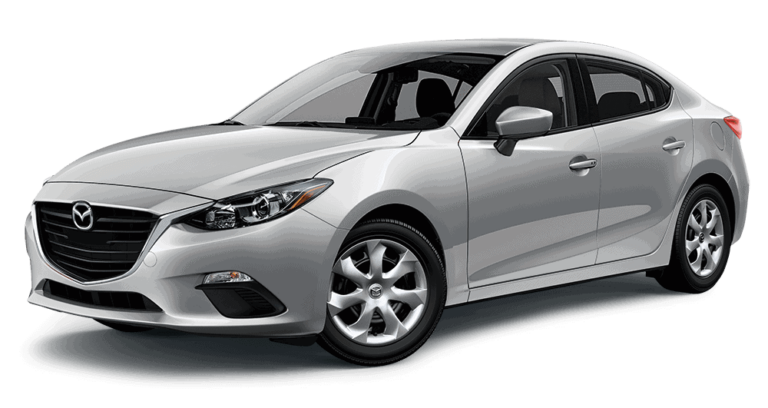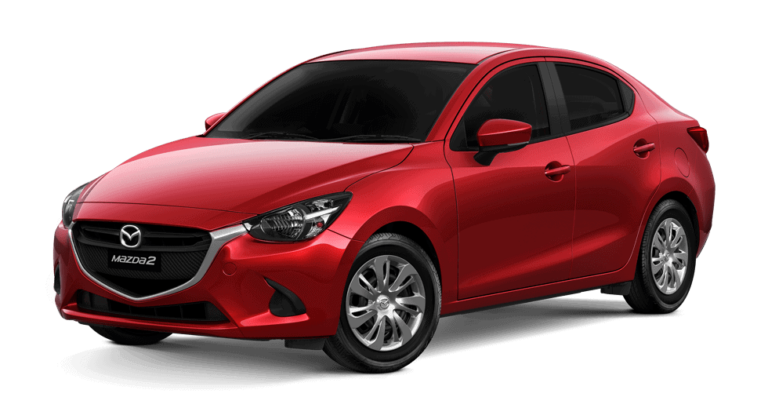
Many companies in Singapore need access to expensive equipment in order for their businesses operations to run smoothly. However, purchasing equipment in Singapore can be a daunting, not to mention pricey affair. Other options include leasing the equipment you need or acquiring it through hire purchase-but what does that entail?
If you’re looking for a long-term and cost-effective solution for your business needs, leasing and hire purchase are some great alternatives to consider! While both provide you with long-term usage of essential equipment for your business, they have very different implications on your finances and needs. If you’re unsure which would work better for you, fret not! We’ve put together this comprehensive guide exploring what these options entail and the benefits that come with them.
What is Leasing & Hire Purchase?
Leasing is essentially a method of renting an asset over a specified period of time for a fee, just to help your business advance to the next level. At the end of the lease agreement, you will have to return the equipment back to the rental company in its original condition.
On the other hand, hire purchase allows the hirer to acquire and utilize highly-priced equipment on their terms. Usually, an initial down payment is required followed by monthly payments for the fixed period. After all repayment terms are fulfilled at the end of the rental period, the hirer has the option to own the asset.
Pros of Leasing
1. Greater freedom and flexibility
Leasing an asset is especially useful when you’re not 100% sure that you will need it in the long-run. Moreover, leasing eliminates the risk of asset obsolescence, as you won’t have to worry about the equipment’s disposal at the end of its useful life. You have the flexibility to decide when you want to return it to the rental company (preferably when the equipment becomes unnecessary to your business operations), passing on the burden of obsolescence onto the lessor, freeing yourself to lease new, higher-end equipment.
2. Lower monthly payments with low or no downpayment
Equipment leasing is an efficient way for new, growing businesses to get hold of the tools they need. If you are the owner of a small business enterprise or an entrepreneur, you may not have the capital to purchase equipment. In that case, leasing is definitely the more cost-effective option as it allows you to acquire equipment with minimal initial expenditures.
We have professional relationship managers at ETHOZ that will analyse your specific equipment needs and budget to propose a customised equipment leasing programme which will allow you to make affordable monthly payments over time. This way, you get to save your working capital for business expenses and expansion, which would otherwise be used up making cash payments for your equipment.
3. Easier to upgrade your equipment
Leasing makes it easier to upgrade your equipment depending on the needs of your business and how you structure your lease. For example, if you need a piece of certain equipment at the moment, but know that a newer and better model will be released in 1 year, you may sign a leasing agreement for a one-year term. That way, you’ll be able to trade in your old model and upgrade it to the new one at the end of your lease.
Pros of Hire Purchase
1. Customised repayment amounts
Be it small-scale local enterprises, businesses, or entrepreneurs, you will be able to operate your asset from the onset and generate revenue while paying for the equipment on a regular instalment basis over a fixed repayment term, maximizing working capital. At ETHOZ, we offer a flexible frequency of instalment payment terms to make budgeting easier for you. The payment terms may be monthly, quarterly, half-yearly, or annually, as per the terms of the agreement. Each rental payment is considered as a charge for hiring the asset.
2. Ownership of the asset
Hire purchase ultimately differs from equipment leasing with respect to the choice of ultimate ownership of the asset. At ETHOZ, we promise a hassle-free customer experience in helping you achieve that if you wish!
With simple and efficient application procedures and fast approvals, equipment bought on hire purchase will be accessible for use almost instantaneously without payment of the entire price. This makes it the most suitable for the purchase of expensive assets.
Moreover, before the completion of the repayment term, the hirer has the flexibility to terminate the agreement if they do not wish to acquire its ownership rights.
Hire Purchase or Leasing of Equipment in Singapore
If you’re looking for highly-priced equipment to boost the productivity of your business operations, it may be confusing — especially with so many things to look out for when it comes to either obtaining the asset through hire purchase or leasing. If you’re still having trouble deciding which would best meet your needs, simply give our team at ETHOZ a call at 6654 7799! You can also drop us an email at contactus@ethozgroup.com today!






















